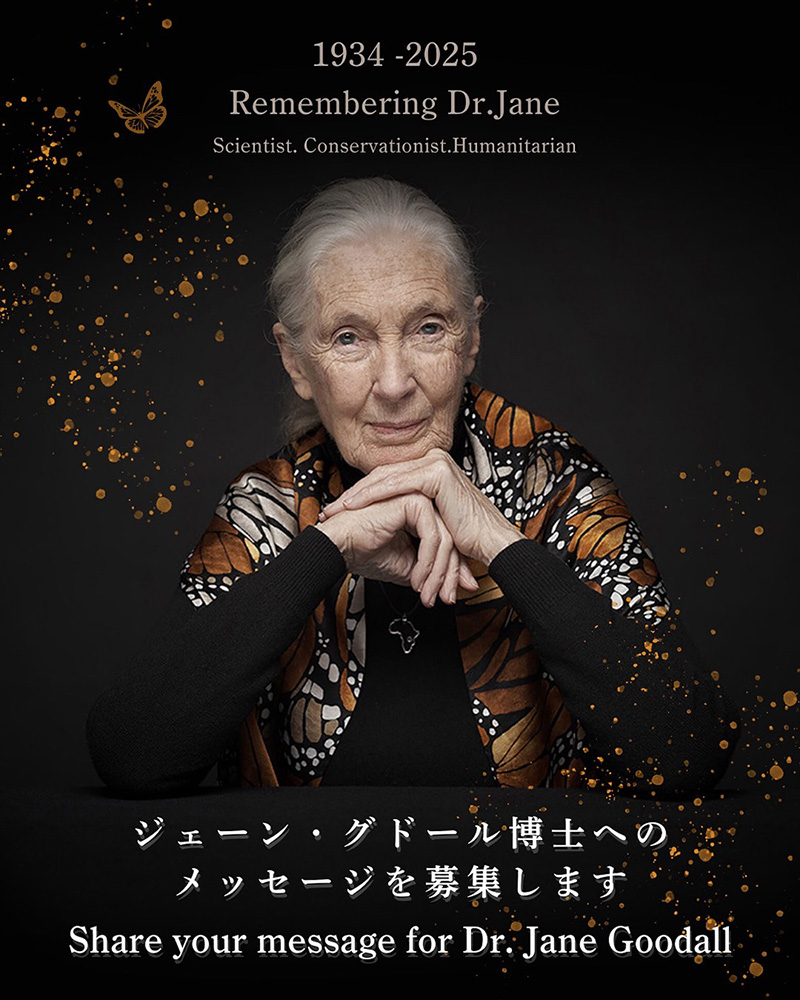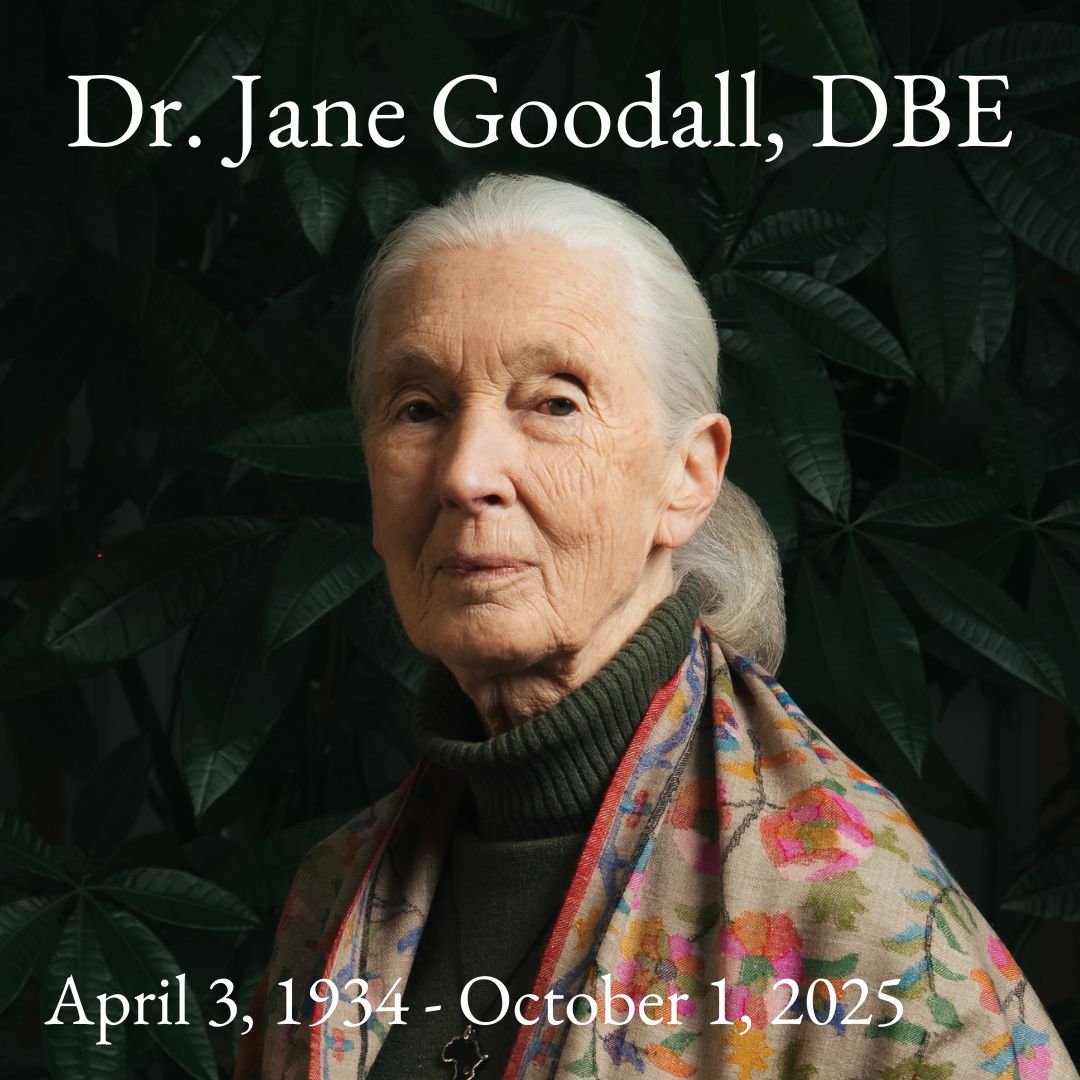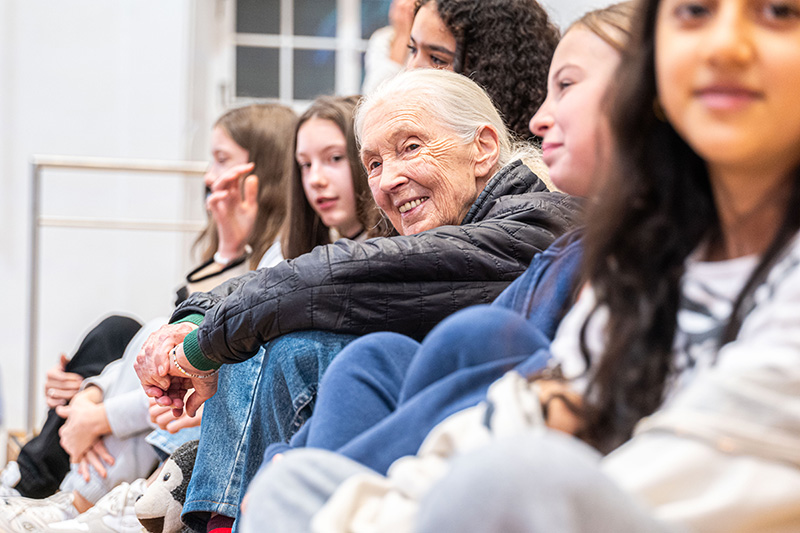INFORMATION
7月14日は、世界チンパンジーの日🐵ジェーンがゴンベの森で研究を開始して65年🌿 Happy World Chimpanzee Day!
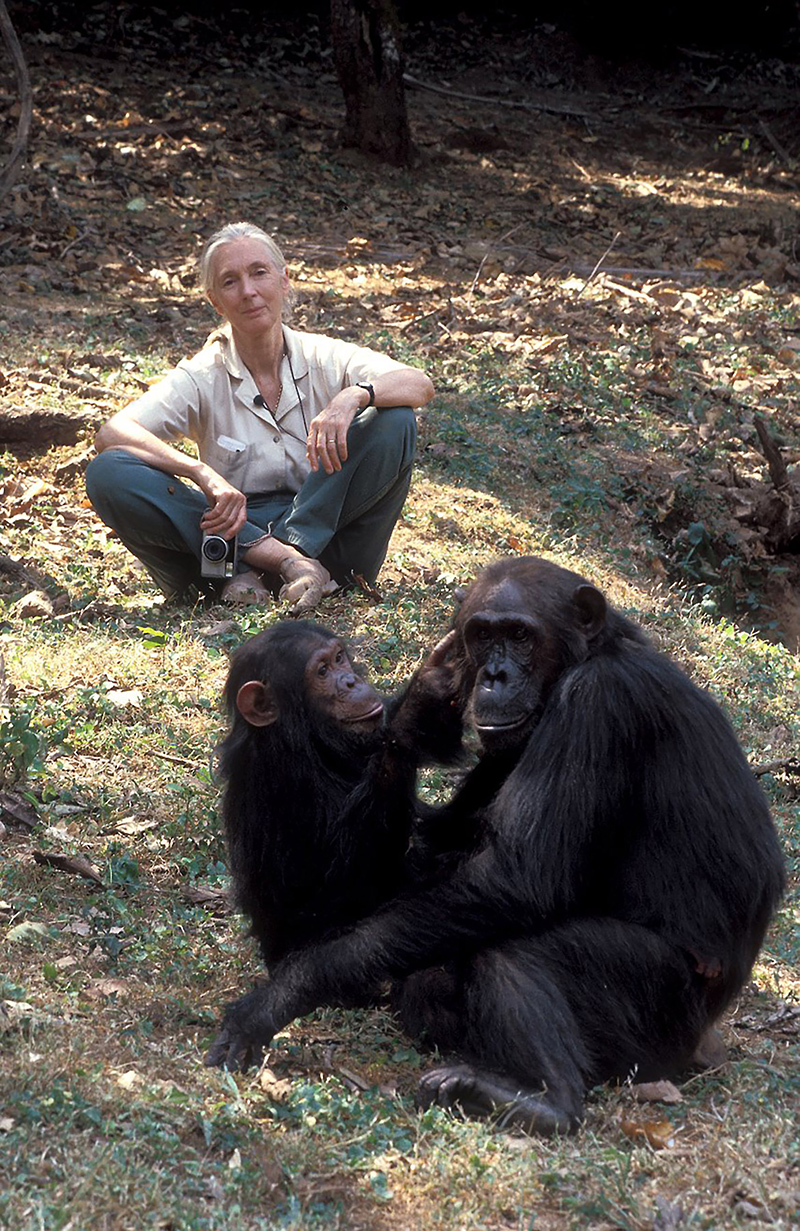
7月14日は、世界チンパンジーの日。
私たち人間に最も近い生き物であり、道具を使い、
そんなスペシャルな日に、ジェーン・グドール・
1960年、ジェーン・
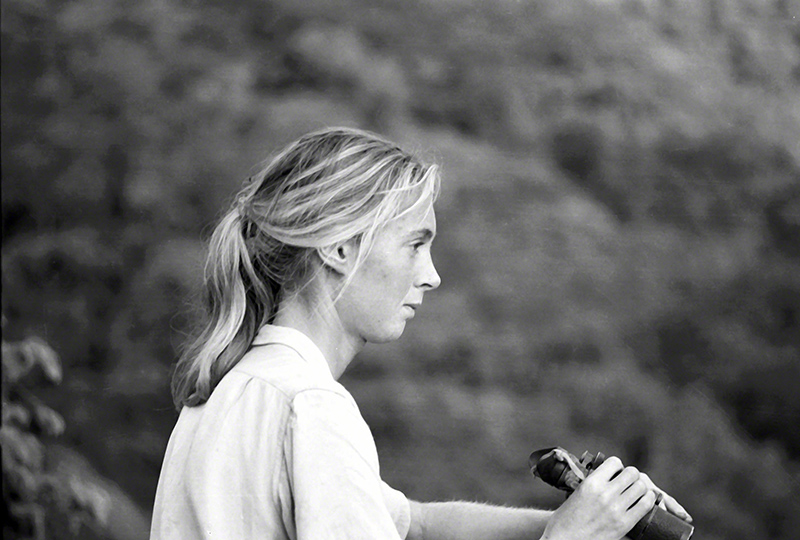
Young researcher Jane Goodall in Gombe Stream Reserve
OTH0141-1
当時としては画期的だったのが、「
そして現在も、そのアプローチは変わっていません。
しかし一方で、できることは格段に広がりました。
この65年の間に進化したテクノロジーのおかげで、今ではジェーンも想像できなかったような方法で研究が進められています:
・ カメラトラップ:人間の気配なく、自然な行動を撮影
・ GPSやGISマッピング:行動範囲や環境変化の把握に活用
・ 非侵襲的DNAサンプリング:糞や尿から遺伝情報や健康状態を分析
・ デジタル記録とデータ分析:長期的な傾向やパターンを把握
チンパンジーたちの一生を追うには、
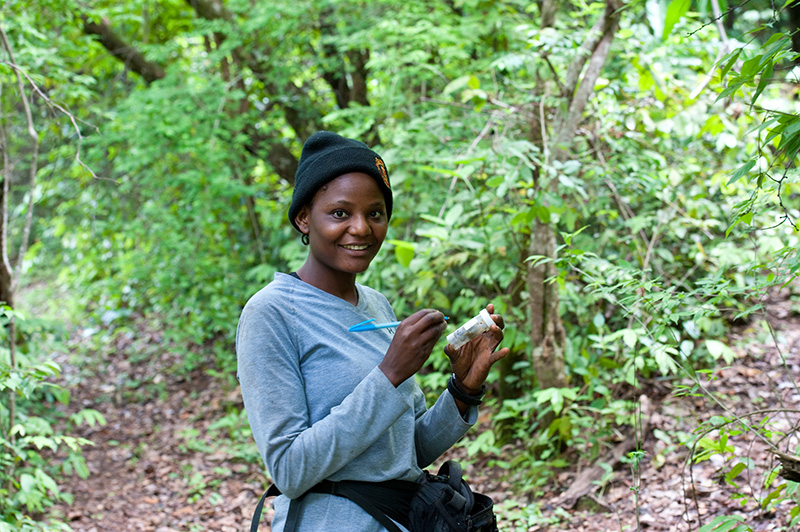
Mary Nkoranigwa, Field Assistant (Mother-Infant) at Gombe National Park
しかし、そんな尊い地球の家族であるチンパンジーを守ることは、
JGIでは、
この活動は皆さんの思いやりがあってこそ実現できています。
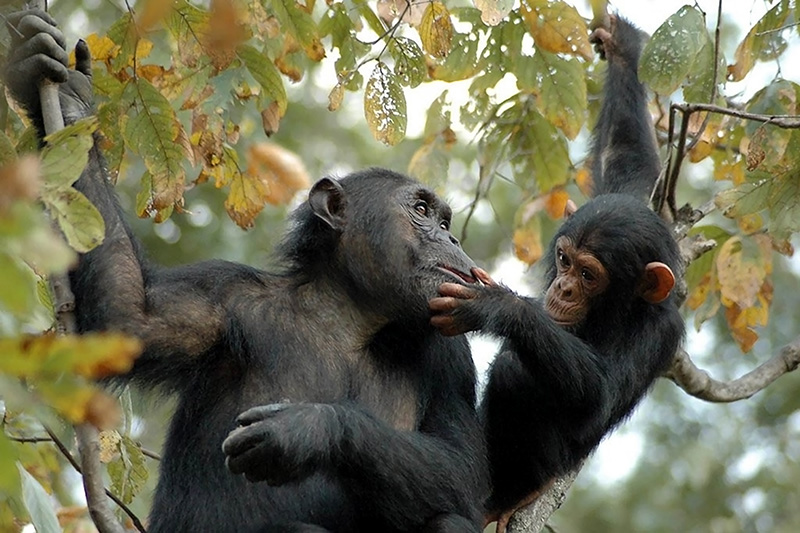
Chimpanzees Bahati and her baby Baroza at Gombe National Park, Tanzania. CREDIT: JGI/Anna Mosser
July 14th is World Chimpanzee Day! This day was established to honor the day in 1960 when Dr. Jane Goodall began her groundbreaking research in the forests of Gombe.
Today, we celebrate chimpanzees—our closest living relatives—who continue to teach us so much about ourselves and the world we share. They use tools, live in complex social groups, and express deep emotions and culture. Their lives remind us of the rich connections that bind all living beings together.
On this special day, we send you heartfelt greetings from all of us at the Jane Goodall Institute.
When Jane first arrived at Gombe in 1960, she had only a pair of binoculars, a notebook, and an open mind. What made her approach revolutionary was the simple yet profound idea of seeing animals not as anonymous research subjects, but as individuals with personalities, emotions, and family bonds.
That spirit lives on. Today, we still conduct “focal follows”—the daily tracking and observation of individual chimpanzees—just as Jane did. In this way, the heart of our research remains unchanged.
But at the same time, what we can do has grown dramatically.
In the 65 years since, science and technology have opened up entirely new possibilities for understanding chimpanzees and their world:
・ Camera traps let us observe natural behavior without disturbing the animals
・ GPS and GIS mapping help us track habitat use and environmental changes
・ Non-invasive DNA sampling from feces and urine allows us to study genetics and health
・ Digital data and analysis let us identify long-term patterns and trends
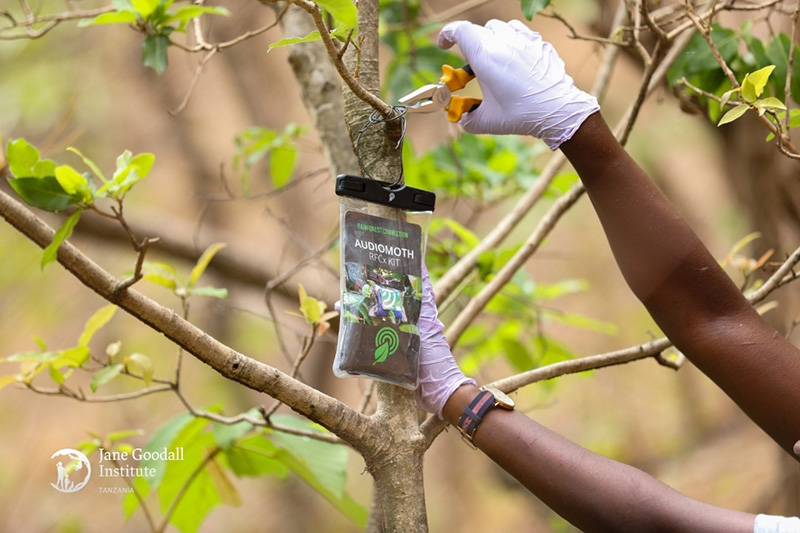
Because chimpanzees live long lives, long-term and detailed research is essential. We are committed to continuing this work—guided by Jane’s vision and empowered by cutting-edge tools—to better understand and protect these extraordinary beings.
But protecting our fellow Earth family is no easy task. It takes scientists, local communities, wildlife sanctuary staff, educators, policymakers, and passionate supporters like you. Only together can we build a future where chimpanzees can thrive in the wild.
At the Jane Goodall Institute, we’ve dedicated the past 65 years to this mission: Groundbreaking scientific research, community-led conservation, youth empowerment through Roots & Shoots, and the care of orphaned chimpanzees at facilities like the Tchimpounga Rehabilitation Center.
This work is only possible because of your care. Your support, your curiosity, and your voice make a world of difference. Thank you for standing with us and the chimpanzees.
